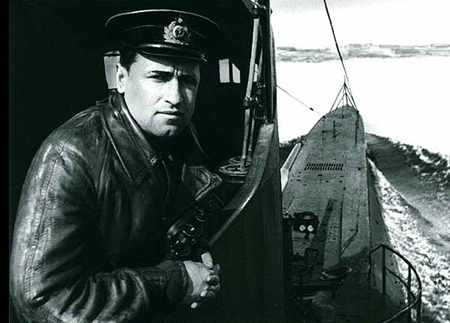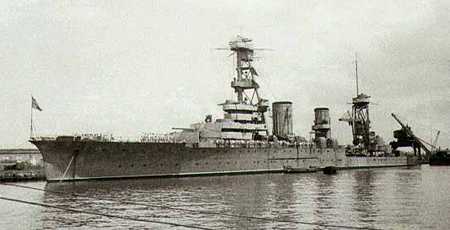The Soviet Navy at the beginning of war, did not have as many surface vessels as the British and Americans had. But the Soviet submarine fleet was large, probably the largest one in the world at the time [1941]. The Soviet Navy consisted of 4 battleships, 10 cruisers, 59 destroyers and 218 submarines. The navy was divided in fleets in Baltic Sea, Arctic Ocean, Black Sea and the Pacific Ocean.
The Soviets mostly fought in the Baltic and in the Arctic Ocean. In the Black Sea they had many losses, but there does not exist a complete record of Soviet losses in the area.
The Soviet Navy received 27 Colony class frigates as a loan in 1943-1944, these ships were returned in 1949.
Soviet navy was involved in the biggest naval tragedy that ever happened. The Soviet submarine S-13 (Cdr A. Marinesko) sank on 30-31 January 1945 the transport ship Wilhelm Gustloff (25,484 tons) which was estimated that carried close to 7,000 people. Only 904 people survived, for the rest that was the last trip with the large ship. Including among the victims, were about 300 U-boat crewmen (nothing close to the 5000 the Soviets claim!).

Capt. Schedrin on the bridge of his submarine the S-56
Again the same Soviet submarine on 9-10 February 1945 sank another transport vessel. That was the General von Steuben (14,660 tons), which carried about 3,000 people, only about 300 people, mainly soldiers ,survived the sinking.
Soviet Naval successes
The Soviet submarine Szcz 307 sinks on 9 August, 1941 the U-144, north of Dago in the Baltic.The soviet submarine S-101 sank the German U-boat U-639 in the Arctic Ocean on 30 August, 1943.
U-250 was sunk by the Soviet sub chaser M0 103 on 30 July, 1944. She was raised in Sept, 1944 despite considerable efforts by the Germans and the Finnish to stop it and many of her secrets were revealed.
U-362 was sunk by soviet mine sweeper Tszcz 116 on 6 September 1944 in the Arctic Ocean.
U-679 was sunk by the Soviet sub chaser M0 124 on 9 to 10 January 1945 near the Estonian coast. The same sub chaser seriously damaged the U-2342 before that boat was sunk on 26 December, 1944 by a mine in the Baltic Sea.
The soviet destroyer Karl Libknecht seriously damaged U-286 on 22 April, 1945 in Arctic Ocean near Murmansk. The Soviet sources claim that U-286 was sunk, but it was really sunk 7 days later.
Soviet Naval losses
The Soviet Navy suffered its share of losses from the German U-boats.The Soviet submarine M-94 (205/256t) was sunk from U-140 in the Baltic on 21 July, 1941.
Soviet submarine M-175 was sunk from U-584 in Arctic Ocean on 10 January 1942. Anther soviet submarine M-78 was sunk on 24 June, 1941 west of Widawa in Baltic Sea from U-144.
The Soviet destroyer Diejatielnyj(ex British "Churchill", 1060 tons) was sunk by U-997 on 16 January, 1945 in the Arctic Ocean.
The mine sweeper Tszcz 114 (ex American "Alchemy", 625 tons) was sunk from U-365 in the Arctic Ocean. The mine sweeper Tszcz 120 (ex American "Assail" was sunk on 24 September, 1944 by U-739.
Probably other Soviet warships were be sunk from U-boats, for example in the Black Sea, as was mentioned there does not exist a complete file of Soviet fates.
Worth to mention is that the German allies, the Finnish submarines were responsible for the sinking of 3 soviet submarines (Szcz 304, Szcz 320 and S-7). The wreck of S-7 has been found in Swedish territorial waters recently.
|
Books dealing with this subject include
|



